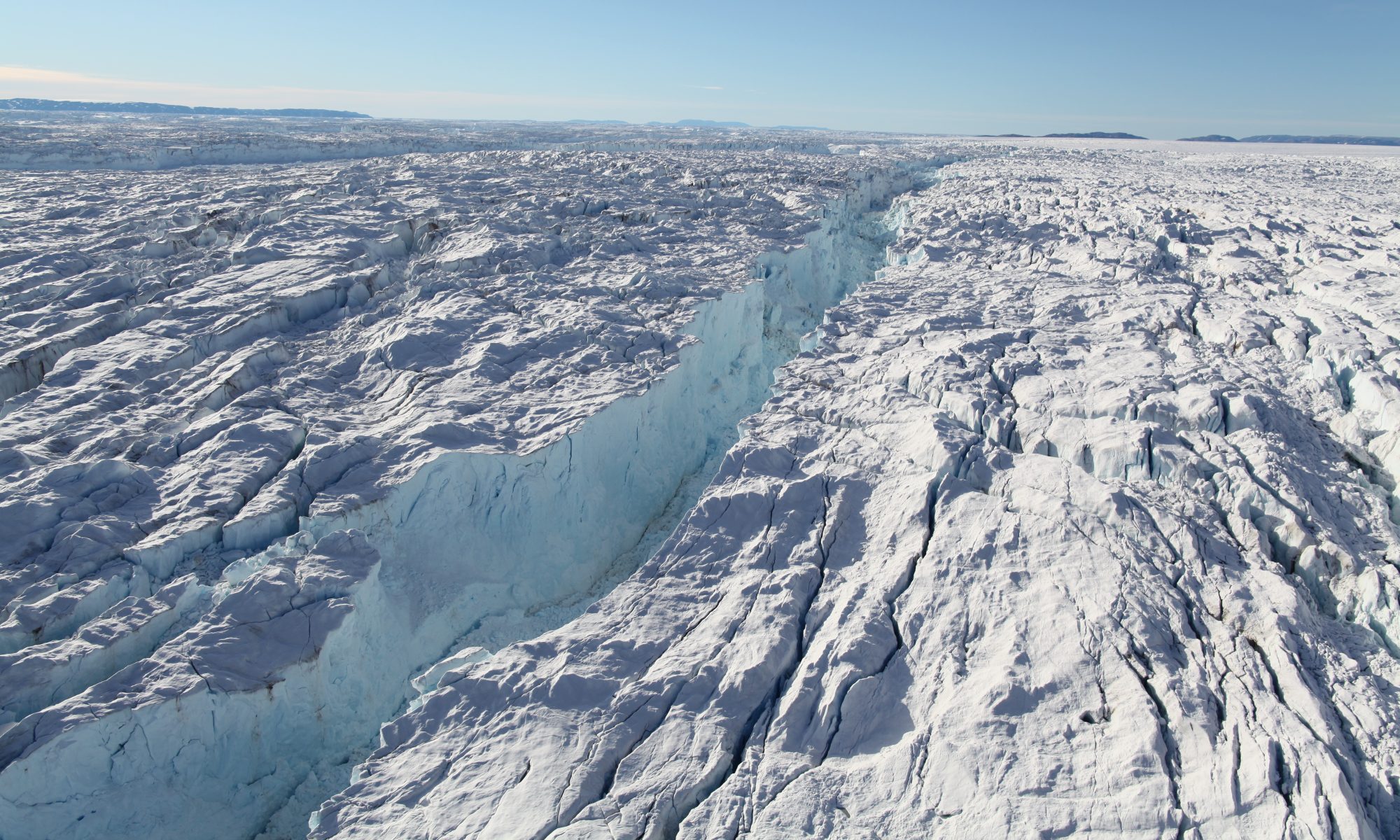We employ NASA’s Operation IceBridge (OIB) high‐resolution airborne gravity from 2016, NASA’s Ocean Melting Greenland (OMG) bathymetry from 2015, ice thickness from Operation IceBridge (OIB) from 2010‐2015, and BedMachine v3 to analyze 20 major southeast Greenland glaciers. The results reveal glacial fjords several hundreds of meters deeper than previously thought; the full extent of the marine‐based portions of the glaciers; deep troughs enabling warm, salty Atlantic Water (AW) to reach the glacier fronts and melt them from below; and few shallow sills that limit the access of AW. The new oceanographic and topographic data help to fully resolve the complex pattern of historical ice front positions from the 1930s to 2017: glaciers exposed to AW and resting on retrograde beds have retreated rapidly, while glaciers perched on shallow sills or standing in colder waters or with major sills in the fjords have remained stable.
Data available here.

